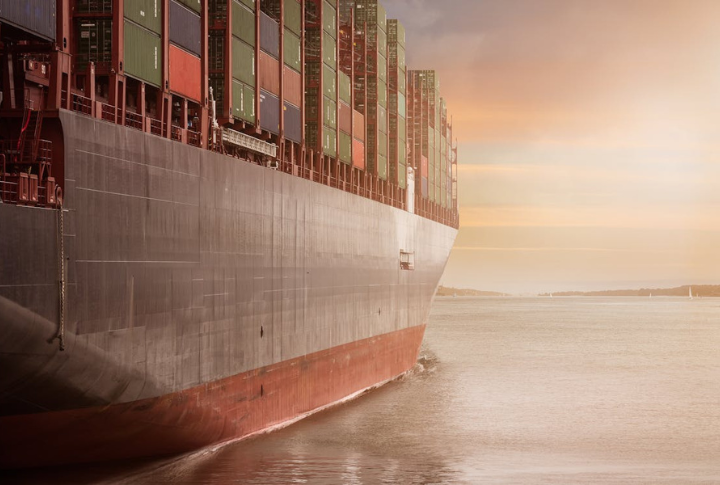
Grocery runs have felt heavier on your wallet lately, and not just because of inflation. When U.S. tariffs target food imports, your dinner plate turns into a global chessboard. Each pound carries the weight of disrupted trade and foreign retaliation. Your meals in 2025 reflect a worldwide power struggle.
Fresh Produce Feels The Heat

Perishable items like tomatoes and avocados, once priced by the pound, are now seemingly sold by the ounce. Trade disputes with Mexico and Latin America, major exporters of fresh produce, have spiked import costs. Now, even your salad starts looking like a luxury.
Seafood And Wine Prices On The Rise

As April’s tariffs hit EU imports, seafood from Norway and wine from France soared. Restaurants scaled back their menus. Lobster dinners and French red wines are becoming increasingly exclusive due to their current high pricing. With that, people are rethinking what “fine dining” means for their wallets.
Coffee Lovers Brace For Higher Costs

Imported beans from Colombia and Vietnam don’t arrive tariff-free anymore. You pay extra for your caffeine fix—sometimes 10% more per bag. Why? Tariffs target agricultural imports, and coffee’s an easy hit. If your brew feels like a pocket drain lately, blame politics.
Restaurants Struggle With Rising Food Costs

Menus change fast when ingredient prices jump. After April 2025’s tariffs affected imports, restaurants (especially small ones) scrambled to stay afloat. Higher cheese and meat costs shrink profits. You may notice smaller portions or increased prices, which make eating out a balancing act.
Impact On Essentials

As basic staples like rice and canned vegetables increase in price, food banks report higher demand. All these can lead to a rise in household food insecurity this year. This trade war goes beyond hurting international trade to affecting low-income families the hardest.
Farmers Face Financial Strain

Midwestern soybean growers once shipped millions of tons to China. Now? Silos sit full. Retaliatory tariffs slammed U.S. exports, slashing profits by over 40%. Farmers pivot to less profitable crops or depend on subsidies. When agriculture stalls, your food chain’s first link grows fragile.
China’s Strategic Use Of Food In Trade Disputes

In past trade wars, China curbed U.S. food imports to apply pressure. The 2025 “Liberation Day” tariffs provoked similar retaliation. When one of your biggest buyers stops calling, markets tank, and you feel the fallout with every grocery run.
Shifts In Global Agricultural Trade

New winners emerge when old deals collapse. After U.S.–China trade tension deepened, Brazil filled the soybean void, and Australia shipped more beef. Global players reshuffle, and today, you now rely on unfamiliar suppliers whose prices and politics can shift quickly.
Ripple Effect On Packaging Costs

Think aluminum tariffs only hit beer cans? Not quite. Canned foods and boxed snacks also began to cost more. The higher packaging expenses trickle down to the checkout line. When you buy peas, you also pay for the metal carrying them and the branding ink.
Long-Term Implications For The U.S. Food Supply Chain

Trade instability discourages long-term planning. Suppliers delay investment, farmers hesitate to expand, and distributors rework logistics. You face fewer options with higher prices and greater dependence on volatile international relationships. A new tariff may look like a quick fix, but your plate shows the long-term cost.

Comments
Loading…